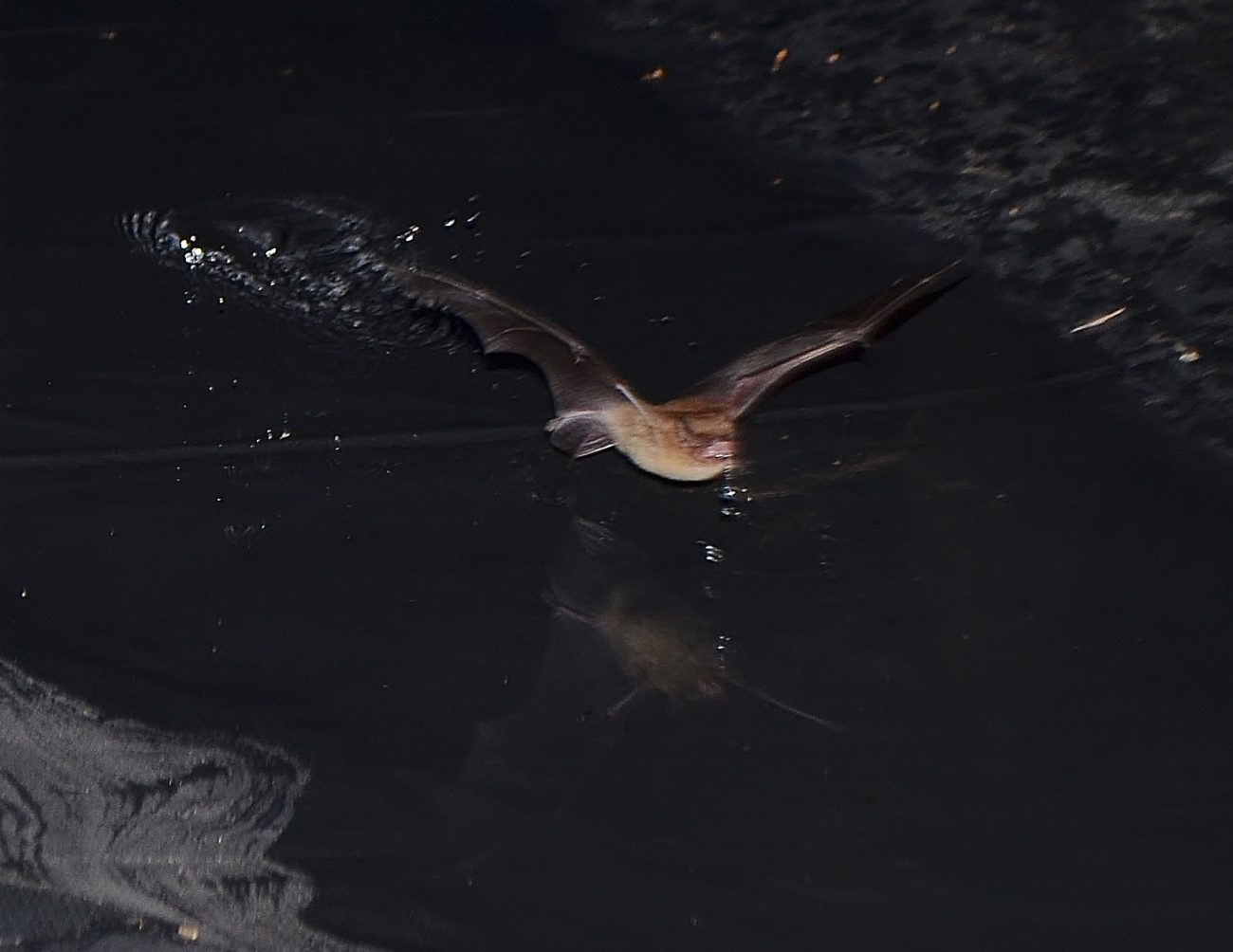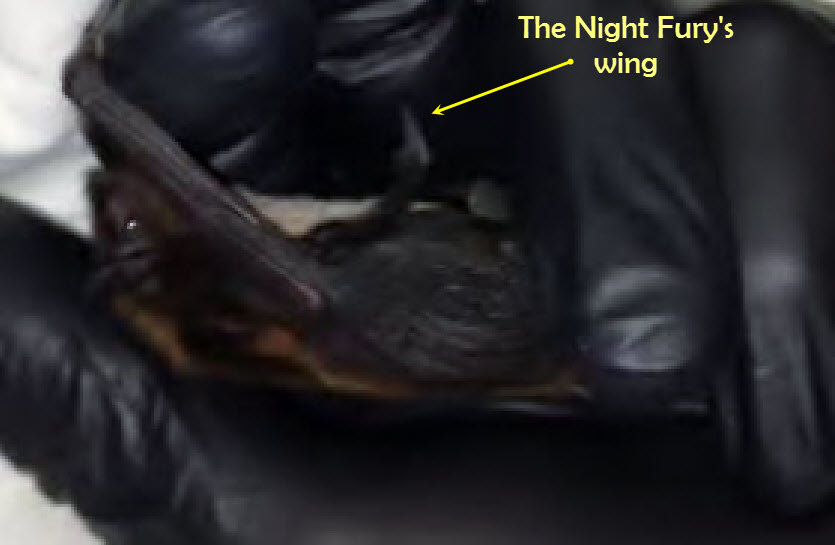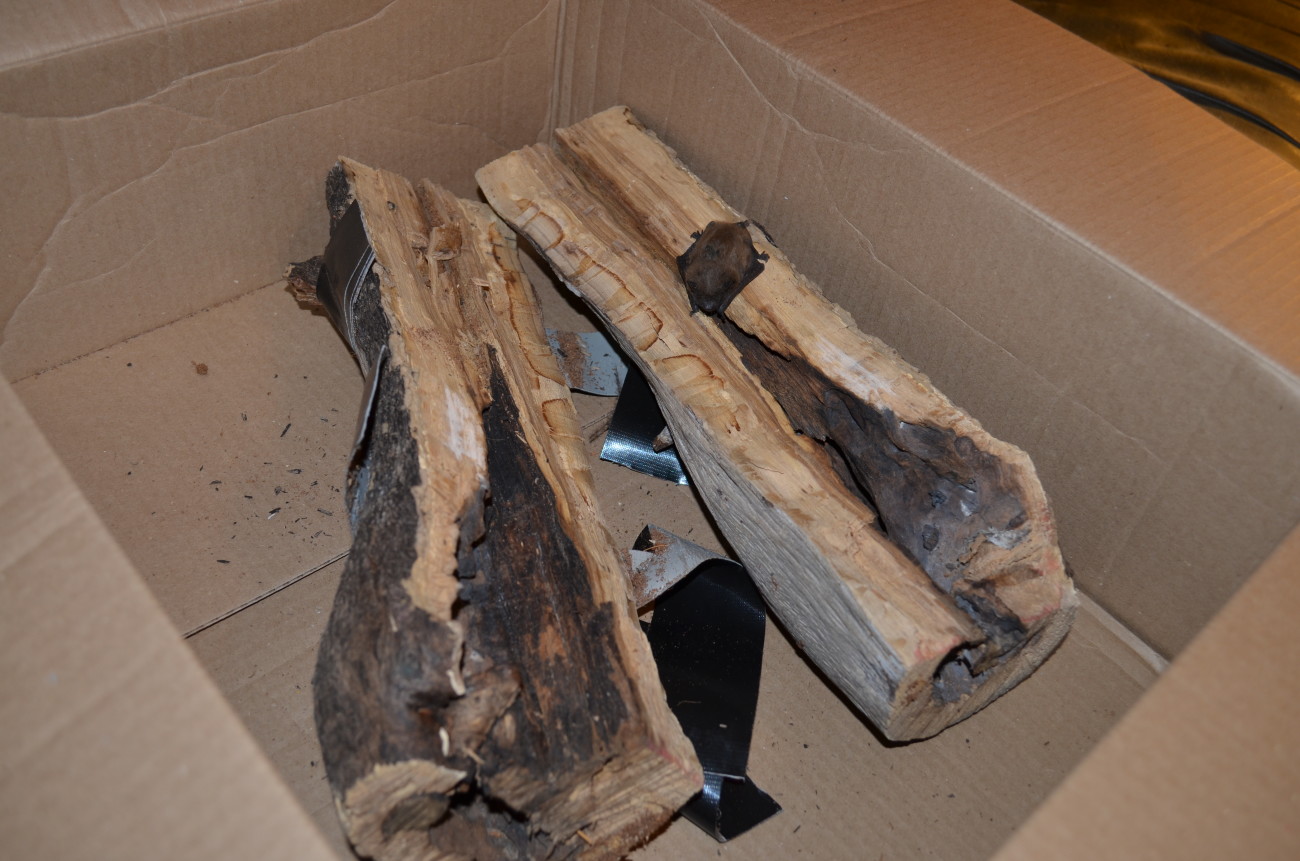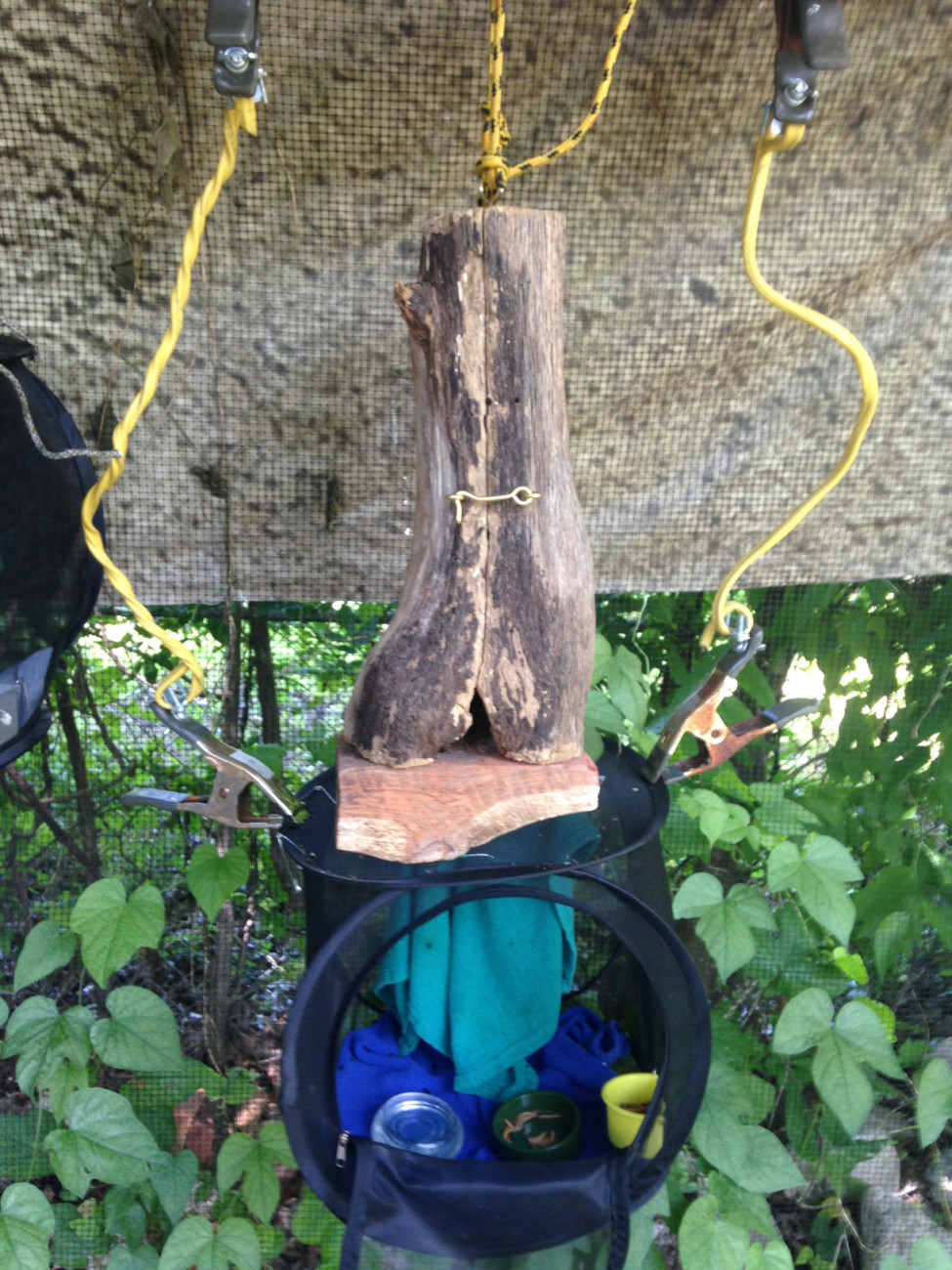10 Books That Will Change Your Mind about Batsby Zachary Thomas Dodson, October 5, 2015 3:24 PM  Bats are a much-maligned animal. Long thought of as creepy or evil or diseased, a closer look reveals that the wide variety of bat species also possess an amazing array of attributes and perform all sorts of vital ecological roles: from pollinating bananas and mangoes to eating so many insects every night that they save farmers millions in pesticide. I’ve written a book that features bats. It’s called Bats of the Republic (as in the Republic of Texas). It’s set in the 1840s when Texas was its own country for those few strange years, and the main character is a naturalist who travels to Texas and becomes obsessed with documenting all the bat species there (like an Audubon for bats, really). He makes camp outside of a cave and creates many drawings of bats, featured in the book. Bats are a much-maligned animal. Long thought of as creepy or evil or diseased, a closer look reveals that the wide variety of bat species also possess an amazing array of attributes and perform all sorts of vital ecological roles: from pollinating bananas and mangoes to eating so many insects every night that they save farmers millions in pesticide. I’ve written a book that features bats. It’s called Bats of the Republic (as in the Republic of Texas). It’s set in the 1840s when Texas was its own country for those few strange years, and the main character is a naturalist who travels to Texas and becomes obsessed with documenting all the bat species there (like an Audubon for bats, really). He makes camp outside of a cave and creates many drawings of bats, featured in the book.He’s a bat lover, and I hope the book reveals why we all should be. To that end, I’ve put together a list of other books that reveal these fascinating creatures and their essential role in the ecology of the planet and human activities. There’s never been a more important time to pay attention to bats. White Nose Syndrome is a relentless new disease that has devastated the North American bat population in recent years. White fungus appears on the faces and wings of hibernating bats, causing them to wake up in the middle of winter when food sources are scarce. The mortality rate at the caverns where the disease is discovered often approaches 100%. Over 6 million bats have died since 2006. This ecological disaster is the most precipitous decline of wildlife in a century and has wide-ranging implications for the environment, farming, and biodiversity.There are many ways you can help, but a first great step is learning more. Here are some excellent bat books to begin with. “In Praise of Bats” essay in the book The Moon by Whale Light by Diane Ackerman This is a great place to start. Ackerman, a lyrical and fluid writer, makes a literary introduction to bats. Her guide into their hidden world is none other than Merlin Tuttle, bat photographer and conservationist, who founded Bat Conservation International. His namesake applies: the man was a bat wizard and did much to champion their cause and work to change people’s negative perception of these fascinating creatures. They visit Bracken Cave, near San Antonio, Texas, the largest colony of bats (and actually the largest concentration of mammals) on the planet. I went when I was doing research for the book, to watch their nightly emergence in the summer. It was beautiful: for over four hours, the bats streamed from the mouth of the cave. It sounded like a waterfall. Ackerman helps set the record straight: how damaging myths about Dracula and rabies have been to bats, and how important they are to us ecologically. A perfect meditation to enter the kingdom of Chiroptera. Dark Banquet: Blood and the Curious Lives of Blood-Feeding Creatures by Bill Schutt This book takes as its subject every creature that lives off of blood as a primary source of food. So: leaches, bed bugs, ticks, and, of course, vampire bats. There are only three species of vampire bats (out of over 1,200 species of bats total — one of the most diverse animal families on the planet), and their reputation is outsized. One of the species feeds exclusively on chickens. Schutt gets into some pretty grisly stuff: a digestion system that processes blood as food is a different thing, and vampire bats indeed have sneaky ways of stalking their prey. But they are, above all, fascinating. And really not creepy at all next to the chapters on the other blood-suckers. Those are creatures to be afraid of. Stellaluna by Janell Cannon This is a great kids’ book that has found wide appeal with lovely drawings and a sweet story. Stellaluna is a baby fruit bat who gets separated from her mother and grows up among the birds. She struggles to adapt to their ways until she meets some fellow bats who reveal that there are other, more bat-like ways to do things. The takeaway is that it’s OK to be strange and different. A good message, coming from bats. Bat Bomb: World War II’s Other Secret Weapon by Jack Couffer OK, this is going to sound like science fiction, but it’s not. During WWII, tasked with coming up with ways to end the war with Japan, a group of scientists, generals, and government officials began to work on a scheme to release clouds of bats over the skies of Japan with incendiary devices attached. The idea was that the bats would roost in buildings, the bombs would go off, and the entire city would catch fire. Their tests were surprisingly and dangerously successful. President Roosevelt was on board. But the plan was eventually shelved in favor of… the atom bomb, and the bats never got to carry out their kamikaze mission. But can you imagine? File under: stuff you can’t make up. Weetzie Bat by Francesca Lia Block OK, so this book is not about bats, but I couldn’t resist with this character! Growing up in a dreamy ’80s Los Angeles with plenty of freaks and geeks around her, Weetzie Bat is a cherished character for those who are or have been (or even have never been, like me) a teenage girl. If you want a quirky trip back to the ’80s, this is the book for you. Again, nothing to do with bats. But they’re making a movie of it, so now might be the time to revisit Punky Brewster’s cooler older sister. Bat Ecology by Thomas H. Kunz and M. Brock Fenton If you’re getting really serious and scientific about bats, this is the ONLY book for you. It’s the bat bible, and just about as thick. It’s tough to parse without a biologist’s vocabulary (all the bats are referred to in their Latinate names, for example), but there are some fascinating papers within. One of the parts I enjoyed most explained (with diagrams) all the methods scientists might use to capture bats, and how to do it yourself, if you were conducting a study. The mechanics of bat pollination, echolocation, behavior, and aerodynamics can all be found here. Interested in “The Consequences of Polyovulation for Life-History Variation among Bats”? This is the book for you. Dune by Frank Herbert OK, Dune isn’t a book about bats either, but it is a sci-fi classic. And it is set in the desert, so it was a big influence on my book, which takes place on an earth that has become a lot more like the planet Arakis. In Dune, bats are the carrier pigeons, and Herbert’s desert people, the Fremen, use them to send long-range messages. In the Illustrated Dune there is a drawing of the scene where Hawat “took a tiny tube, held it beside the Bat’s head and chattered into the tube; then, lifting the creature high, he threw it upward.” The message is imprinted into the bat’s neural pathways and reflected in its song. Someone with a decoding machine can extract the hidden message in the song of the bat. It’s a beautiful idea, but the reality of bats is no less astounding. Recently it was discovered that bats’ songs are complex and contain many markers and variations, rivaled only by whale songs for their complexity and amount of information they carry. They are pitched too high for humans to hear. Batman: The Dark Knight Returns by Frank Miller and Klaus Janson I suppose there’s no way to write this list without mention of Batman. He generally does bats justice, I feel. But the Dark Knight series was a watershed moment in graphic novels. The urban, gritty feel of Dark Knight was 180 degrees from Adam West’s KA-POW! Batman and all the superhero shtick of early comic books. This series marked a serious departure into dark and disturbing themes, definitely meant for adults. My book features many illustrations and graphic devices throughout, and I’ve long thought that graphic novels deserve a place in the pantheon of literature. Serving as inspiration for the more recent Batman films, The Dark Knight will certainly be among those remembered. Like Batman, bats are misunderstood outsiders, but ultimately do much good for humankind! Bats at the Library by Brian Lies Another children’s book, and one in a series: Lies’s bats go everywhere — the beach, the ballgame, the stage. I chose the library because, well, books. But also, bats were recently discovered living in two libraries in Portugal. The librarians have long tolerated them because the bats eat moths that would otherwise threaten to destroy the old and valuable books they are trying to preserve (we’re talking literal bookworms here: they aren’t a good thing for old books!). So, in exchange for cleaning up a bit of guano, the librarians keep the bats around as most useful exterminators. Another instance of bats being incredibly helpful to humans! The Bat-Poet by Randall Jarrell The main character here is a bat. As in Stellaluna, bats are different, and Jarrell makes much of that difference. Here the bat is, well, a bat-poet, and this children’s animal story functions as a sly metaphor on the writing life, and the isolation it can engender. Recommended for poets. Get the edition with illustrations by Maurice Sendak because: illustrations by Maurice Sendak! |
Heavy drinker
Evening bat. This time she took a big scoop of water. Sometimes she just grazes the surface and has to stick her tongue down for a lick. We love early evening in the flight cage!


















